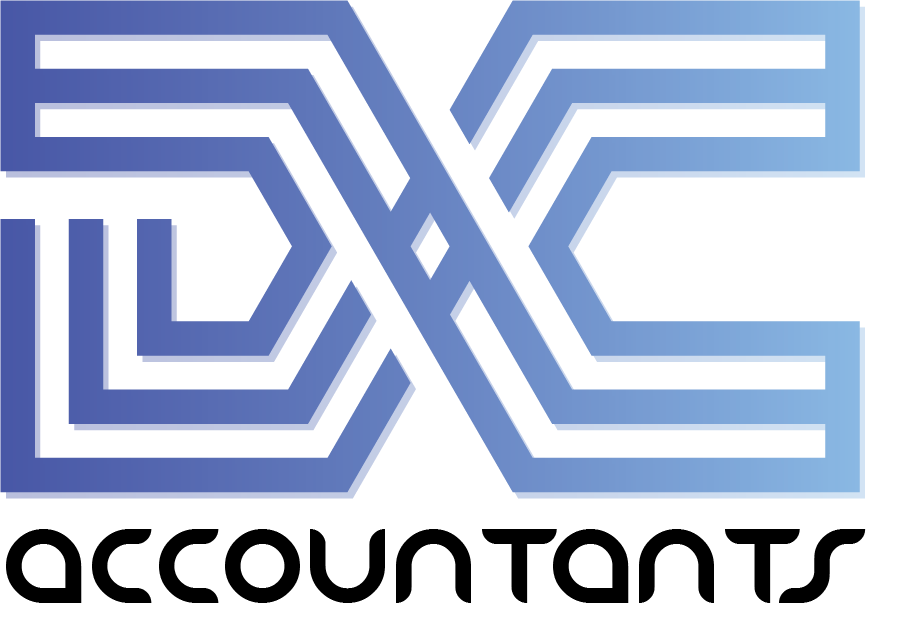It’s a question I get asked time and time again. As a self-employed business that is a sole trader or partnership that is not incorporated, what expenses can you legitimately claim through your business that gives you income tax and national insurance relief? This blog will cover what I mean by tax-deductible or allowable expenses, the wholly and exclusively principle, common tax-deductible expenses themselves, HMRC Simplified expense checker, record keeping, and finally, how to claim these expenses on your self-assessment return.
There is this misguided assumption that if you have to incur costs in a business, you will automatically get tax relief on all of them. But that is not the case for all types of expenses. And that is where the concept of wholly and exclusively is important for you to understand, which I’ll explain shortly. There is no prescriptive list that HMRC will publish as work expenses are tax allowable, and even those that are not. So it all comes down to whether the expenses you incur are wholly and exclusively for your trade or business.
What is Wholly and Exclusive Rule?
And the keywords here are wholly and exclusively so. For example, one self-employed business could have spent, say, £10,000 on clothing items, and it is allowed as a tax-allowable expense because it was incurred wholly and exclusively, whereas another business could have done likewise on clothing items and it is not tax allowable. And there could be a few reasons for this. For example, the clothing could have had a duality of purpose, or it could have been everyday wear, as opposed to uniform posture or protective clothing. Thus under the wholly and exclusively principle rendering it not allowable for tax.
So you can go into more depth on this particular expense in HMRC’s Business Income Manual. That’s BIM 37910, where they set out the principal and historical case law. To support this section, I’ve put together a tidy and handy download for you to take away that lists out all the most common tax-allowable expenses and examples of costs or circumstances when it is unlikely your business expense will be tax allowable. If you would like that, please click on this link.
Simplified Expense Checker
A handy tool HMRC provides is a simplified expense checker for your self-employed business which you can use for the following everyday allowable expenses, that is, business costs for vehicles. So typically, your vans, cars and other vehicles working from home and living on your business premises, you can use flat rates to ease the administrative burden of reporting. By the way, living on your business premises relates to businesses like guest houses BMBS, where you live on your business premises. So HMRC allows you to select between a flat rate or using your actual expenses.
If these are higher and more material, you can head to the tool and look. And the link is below.
https://www.gov.uk/simplified-expenses-checker
I am in the process of producing a separate, more in-depth blog on simplified expenses, as it is a method that can drastically reduce your admin and thus save you time, energy and pain. So please keep an eye. Lastly, good record-keeping is paramount to evidencing your expenses.
And if HMRC ever audits a self-employed business, and it does happen, then you will definitely need to show invoices, receipts and possibly even bank transactions to prove tax-deductible expenses you are claiming, especially the material higher numbered ones. What I strongly recommend, and if you’re not already doing so, is to use a reputable piece of accounting software such as Xero or QuickBooks and expense capture software such as Xero’s, Hub, Dock or even Receipt Bank. Most receipts and invoices are now digital, but if you have paper receipts, take a pick and upload them as you go along.
So, for your self-employed business, the process of claiming tax relief on your expenses is when you essentially file your self-assessment tax return. This is where it’s all done, and typically you’ll do this at some point from the end of the tax year in question up until the 31 January deadline for any tax year.
So, in your self-assessment term, there’s a section called self-employment. And if your turnover for the year was more than £1000, then you need to declare your revenue and Allowable expenses. So for your allowable expenses, you can either declare these as a single total value and then enter your total expenses in the total allowable expenses box as shown on the screen, or you can opt to declare your total allowable expenses on a line-by-line basis, ranging from car, van and travel expenses all the way through to other allowable expenses.

From my own experience and with that of my own clients, my team and I often opt to complete this section line by line and provide a little more transparency to HMRC. We found, statistically, it resulted in fewer compliance and accuracy checks by HMRC.
If you want help in your self-assessment, then feel free to arrange an exploratory call with me below


